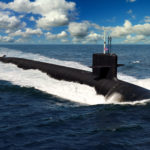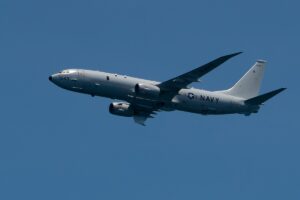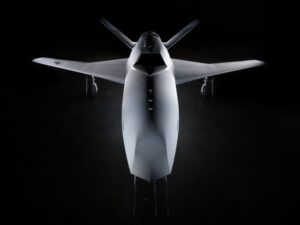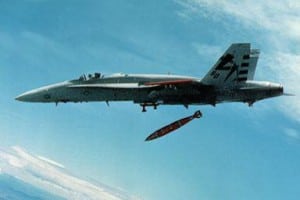
NATO AWACS. The North Atlantic Treaty Organization (NATO) awards Boeing a contract worth nearly $250 million to install digital flight decks and avionics on 13 of the alliance’s Airborne Warning and Control System (AWACS) aircraft, according to a company statement. The new technology ensures compliance with current and future air traffic control and navigation requirements, giving the aircraft broader access to airspace around the world. The upgrades will also reduce flight deck crew from four to three. Modifications will begin…













